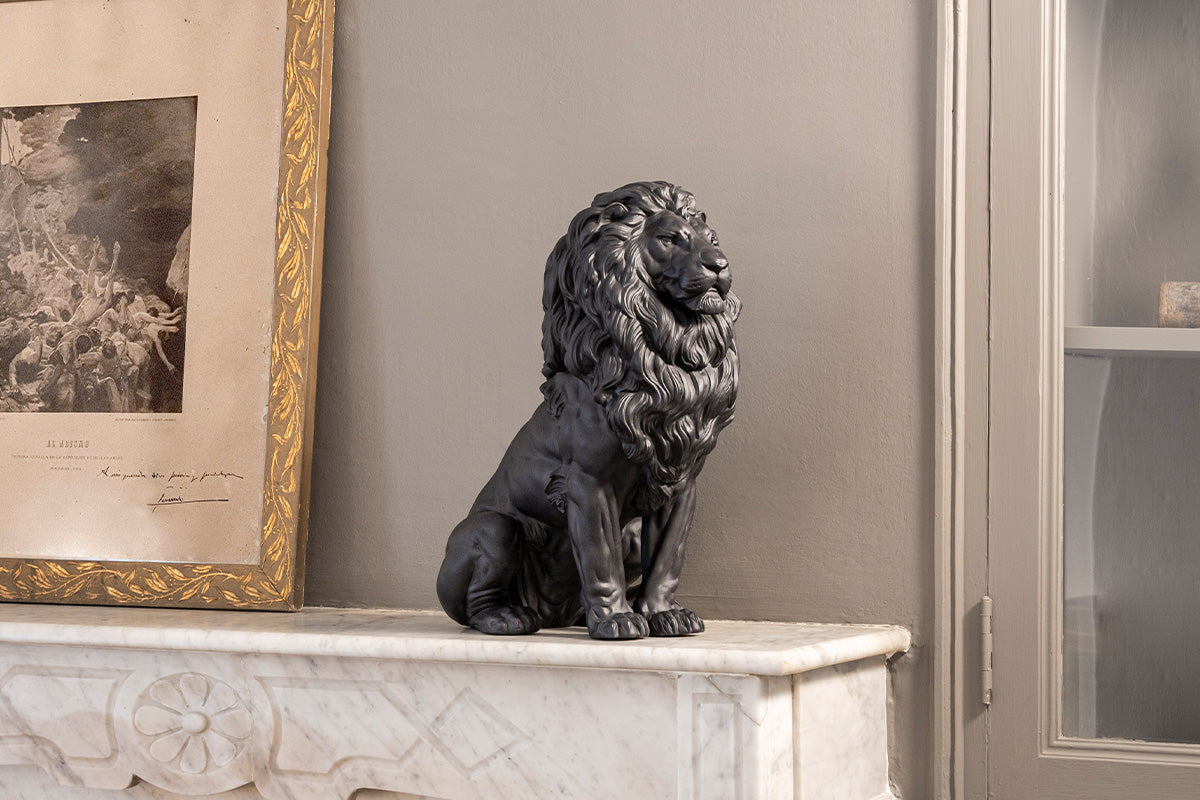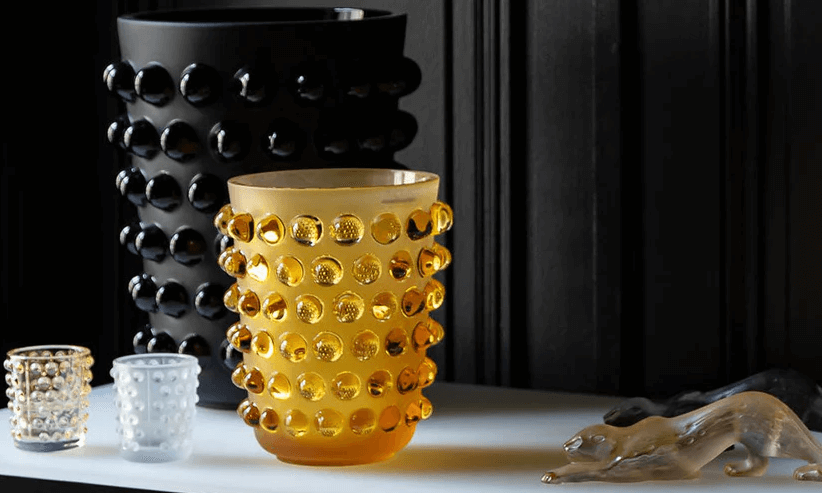Fairies: The Mystery of Where They Came From
Tagged with:Culture & Civilisation
Share
Fair folk, Fae, Fairies, Elves, Nymphs, Pixies, etcetera… you’ve likely heard at least one or multiple of these terms to describe mythical beings with overlapping traits.

Fairies are a staple of folklore and legend. Almost every culture has some form of these elusive folk in their stories, some more heavily ingrained into their culture than others. There is seemingly no concrete image or definition of what a fairy is but somehow we have an idea that comes to mind when these are mentioned. Ethereal, mysterious with a penchant for mischief and trickery, sometimes that are depicted as tiny beings with wings akin to a butterfly’s, other’s may envision them as a tall, elegant race with pointy ears (we can thank Tolkien for the popularisation of that). How did it come that we have so many variations of these beings, yet they seem to share a similar set of traits?
Heavenly Prayer Sculpture with matt, satin and gloss finishes that adds depth to the piece.
There is no one specific origin point that fairies originated from, their varying forms coming most significantly from the oral traditions of Celtic, Germanic, and Ancient Greek myths. They have even turned up in Arabic and literature and Sanskrit. However, the common image of what we consider a typical fairy is largely drawn from European influences the predate Christianity. Christianity played a very significant role in giving fairies a negative connotation, denoting them as demons with mischievous and wicked intent. Beforehand, it is believed that they were worshipped as deities.
CELTIC
To this day, Celtic folklore and the existence of Fair Folk is deeply ingrained into the cultures of Ireland, Scotland and Wales. With Ireland not paving over fairy circles for fear of upsetting the Fair Folk. Historians believe that before the spread of Christianity, fairies were worshipped as deities, neither malignant nor benign. In Scottish folklore, fairies were divided into classifications of sorts, the more benign were assigned to the ‘Seelie Court’ and the more malicious were assigned to the Unseelie Court. Both were considered tricksy however the Seelie Court generally only played pranks on those in the mortal realm.
Lladró’s Niagara Chandelier with Gold lustre. Discover our comprehensive guide to Lladró’s Porcelain Chandeliers. What appears from a distance to be butterflies with gold wings, is actually ethereal fairies.
The myths and traditions of old folklore were harder for the Christian Church to dispel, much of the reason so much of Celtic folklore survives is because the Church made an effort to recontextualise into the Christian belief system such as with the Tuatha Dé Danann. These were a race of people in Irish mythology with supernatural gifts. In the current day, they are referred to as fairies but historians believe them to have been worshipped as gods and goddesses in ancient Irish culture. They were believed to have come from the heavens and after being defeated in battles by the Irish, they retreated to the sídhe or fairy mounds.
Much of our understanding of faires is heavily influenced by Celtic and Germanic folklore, thanks to the works of Hans Christian Andersen, The Brothers Grimm and J.R.R.Tolkien, who borrowed much inspiration from Celtic and Norse mythology such as the myth of Beowulf.
GERMANIC
It may not surprise you that Germanic folklore shares many traits with Scandinavian and English folklore due to being descended from Germanic based cultures that settled those areas. It is largely thanks to the efforts of the Brothers Grimm and the renewal of interest in folklore during the Victorian Era that we still know so much about key figures in the pantheon of pre-Christian Germanic mythology.
When it comes to fairies, Germanic tradition tends to lean more towards what we consider Elves by today’s standards, tall, immortal, wise and ethereal beings that lean towards the benevolent side.
ANCIENT GREEK

Lladró’s Forest Nymph Sculpture (retired in 2022) with the brand’s signature handmade flowers.
Nymphs are a type of spirit, originating from Ancient Greek folklore, they are nature deities strongly associated and often confused with fairies. Unlike Celtic and Germanic folklore, Ancient Greek mythology largely avoided the recontextualisation that the other cultures did, largely because most of the texts were lost and not many people would have still practised it. Most of the information and texts we have today were translated and kept safe by Muslim philosophers, the Crusades and subsequent few hundred years saw a heightened interest in Ancient and Roman culture, with the Renaissance being the pinnacle of this trend.
Nymphs were divided into subgroups the Naiads (freshwater nymphs), the Nereids (sea nymphs), the Oreads (mountain nymphs) and the Meliae (ash-tree nymphs) who were said to have been created when the Greek god Oranus was brutally castrated by his son, the Titan Cronus. His castrated testicles were then thrown into the sea creating Aphrodite and the blood from the injury formed the Giants, the Furies and the Meliae.
Read more about the Goddess of Love and Beauty.
Fairies have been a popular part of fantasy for hundreds of years. Though it was during the Romantic and Victorian Eras that truly saw the revival of fantasy and an interest in the folklore of Europe, authors such as Walter Scott, W.B.Yeats, C.S.Lewis, Tolkien, The Brother’s Grimm and Hans Christen Andersen cultivated European folklore and pulled from Celtic, Norse and Germanic mythology when creating their original texts. Of course, with so many cultures sharing similar ideas and myths, there is bound to be regional shifts and crossovers, this is likely why there is no clear cut image or definition of exactly is a fairy.
For the last 200 years, there has been a gradual push to explore and learn more about and connect with European heritage and move past the Christianisation that happened to many of these cultures. In today's culture, the classic image of a fairy with wings tends to be more associated with the New Age movement and the revival of Wicca. These mythical beings capture our imagination and give us hope that there is an element of the unknown and fantastical just hidden away, that some of the stories we are told as children might have some truth.






